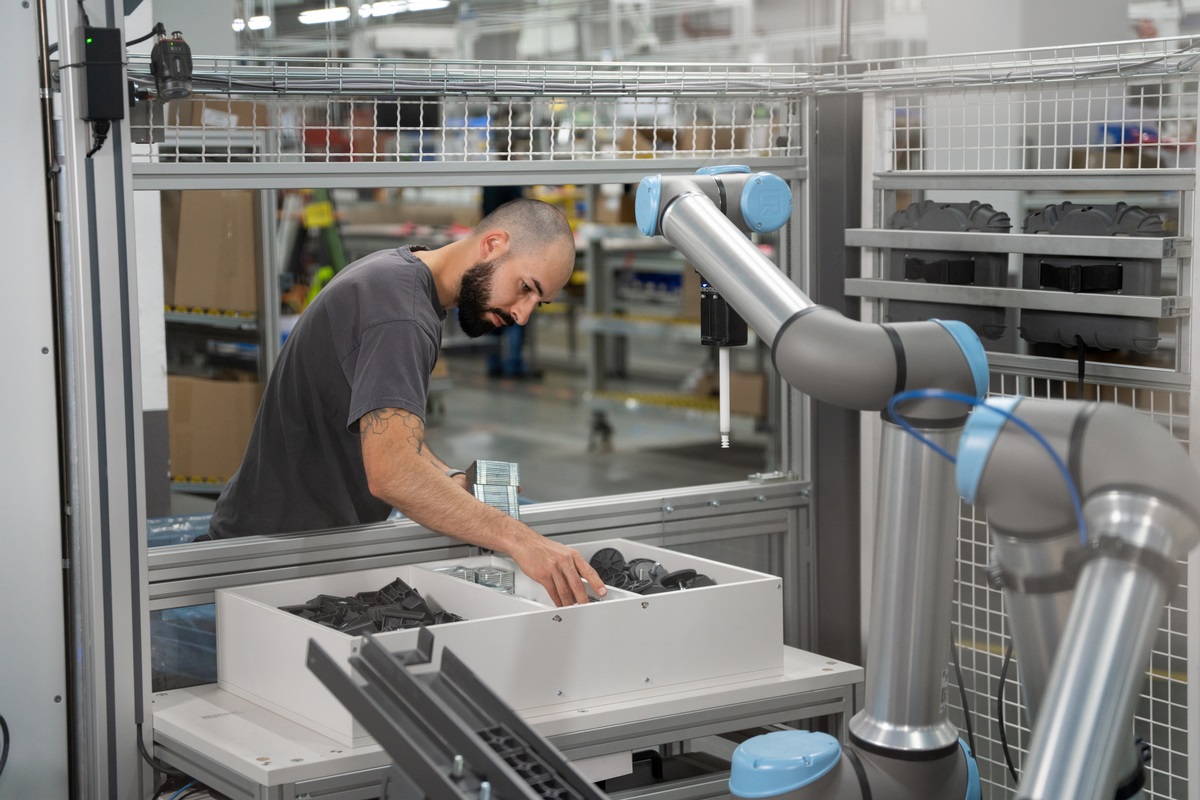The rising cost of living, coupled with energy tariff hikes, is taking its toll on Australian businesses. Over the past decade, the cost of electricity has risen by 63% while interest rates have risen 11 times since April 2022.
With no firm end in sight and incremental increases equating to thousands of dollars extra per year, businesses are fighting to remain competitive and profitable.
While rising costs are not unique to Australia, the country only recently embarked on a big push towards reshoring, and surging overheads are being felt by businesses both big and small who are setting up local production. In order to bring ‘manufacturing home’, some businesses have invested in extra space, resources and equipment, but today, they are feeling the pinch.
Interestingly, South Australia’s electricity costs remain the highest in the country at around 28.8c/kWh – more expensive than the UK and the US. This has given rise to an uptick in demand for renewable energy solutions by consumers and businesses alike.
Deploying cobots as a practical solution
One cost saving strategy that a business can take is to ‘control the factors that are within your control’. In a manufacturing environment, where production normally runs for hours on end and consumes high amounts of electricity, one outlet for energy savings is to deploy collaborative robots (cobots) rather than industrial robots (where applicable).
When looking at traditional industrial robots compared to cobots, physical size is an obvious difference. Cobots are designed to work alongside humans, and for that reason they are much smaller and lighter than typical traditional robots. As a result, our cobots use less electricity than traditional industrial robots, which usually make use three phase power.
While Australia still has a way to go in the uptake of cobots (now at 73 robots per 10,000 employees as per the IFR World Robotics Report 2022), companies have started to embrace robotic technologies as a competitive advantage and as a means to long-term cost and energy savings.
As competition continues to surge, every manufacturer is trying to produce more output at a lesser cost. This means becoming more innovative and moving with the times to maintain a competitive advantage.
Cobots use as much power as a standard home electrical appliance. Depending on the size of the cobot, they can use anywhere between 100W (same power requirement as a desktop) to 500W (same power requirement as a washing machine).
In addition, cobots are already optimised in terms of run-time to be more energy efficient, and can be remotely monitored for ease.
Other energy saving tips
In addition to deploying cobots, businesses should analyse their current energy consumption in the workplace. In a case where you use more than 50 MW per year, you can choose between retailers to find the best deal. If you are renting a premises, be sure to chat to your landlord about this first.
Other green measures that can be implemented could include energy saving lightbulbs, solar power and even checking and possibly replacing outdated appliances and/ or machinery that may be consuming unnecessary additional amounts of electricity. Also, be sure that the temperature in the building is adjusted to suit the season. In a case where no cooling or heating is required, rather turn off your thermostat.
Implementing a robust cost saving strategy is key in the current climate.
Masayuki Mase is country manager for Oceania at Universal Robots.

